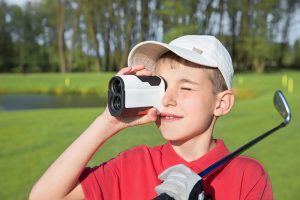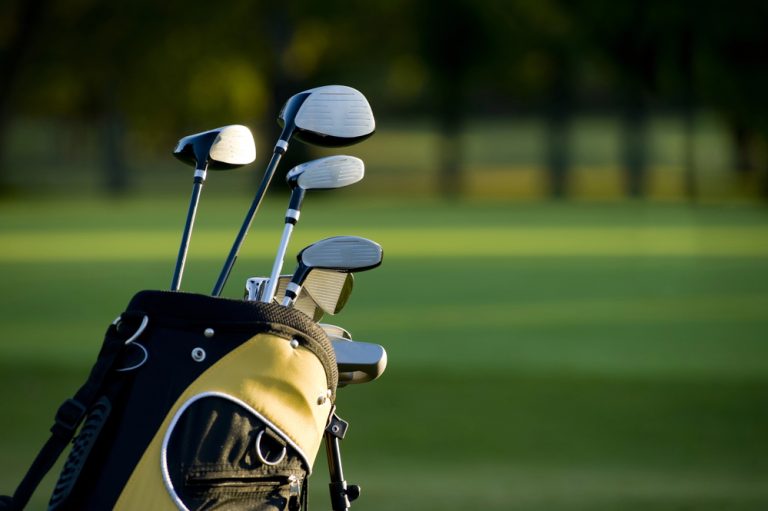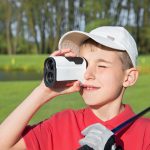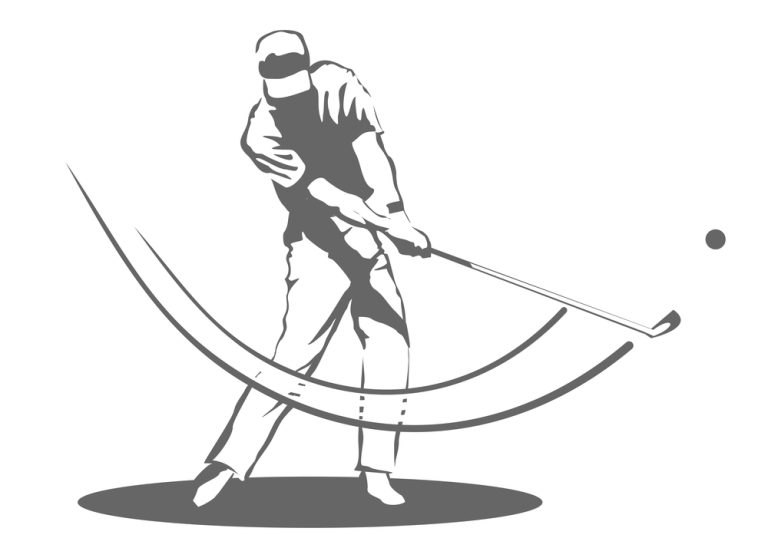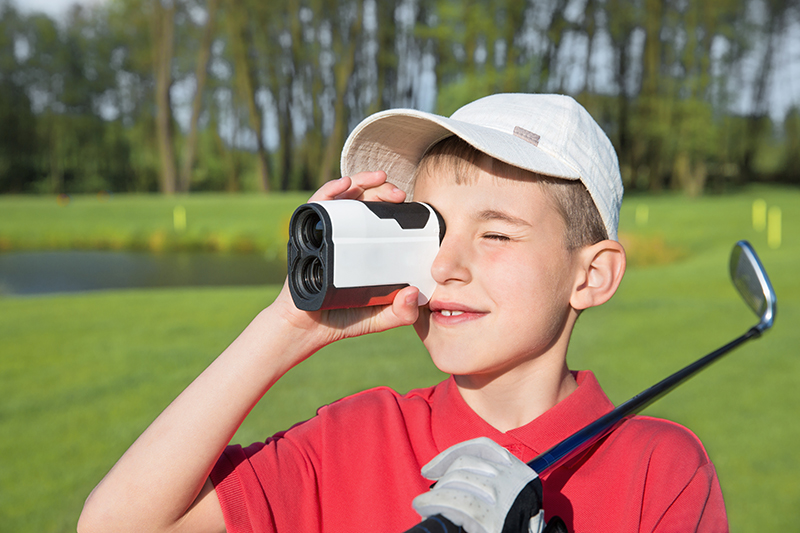
Introduction: The Challenge of Choosing Golf Equipment for Beginners
Golf can be one of the most rewarding yet intimidating sports to start. Between understanding swing mechanics, learning course etiquette, and choosing the right tools, beginners often face a mountain of confusion. The right golf equipment can make the difference between a smooth learning curve and a frustrating experience. This guide on golf equipment for beginners explores eight costly mistakes to avoid — helping you choose clubs, balls, and accessories that support your progress rather than hinder it.
1. Ignoring the Importance of the Driver
Many beginners make the mistake of purchasing the same driver used by professionals. However, pros have perfected their swings for years, while new golfers need forgiveness and control.
A driver is typically the longest club in your bag, designed to hit the ball the farthest. For beginners, choose a driver with:
-
A larger clubhead (up to 460cc) for better forgiveness on off-center hits.
-
A higher loft angle (10.5°–12°) to help the ball launch higher.
Popular beginner-friendly drivers include the Callaway Mavrik Max and TaylorMade Stealth 2 HD, both engineered for ease of use and distance. Avoid overly stiff shafts or low-loft drivers — they’re designed for faster swings and will make learning more frustrating.
2. Overlooking Forgiveness in Irons
When it comes to irons, many new players assume that all sets are the same. This is a costly misconception. Traditional blade irons are designed for precision — not forgiveness. Beginners benefit most from cavity-back irons, which have a hollowed rear to redistribute weight around the perimeter, providing better control and distance even on mishits.
Sets like the Cobra Air-X or Wilson Launch Pad Irons are ideal examples, offering high launch angles and balanced performance. Avoid buying used or mismatched irons that don’t match your height or swing speed; proper fitting makes a significant difference.
3. Neglecting the Putter’s Role in Scoring
The putter is often underestimated, yet it’s the most-used club in the bag. While many beginners focus on drivers for distance, the putter determines how many strokes you save on the green.
For those new to the game, a mallet-style putter offers superior stability, alignment aids, and balance compared to a blade putter. The Odyssey White Hot OG #7 or TaylorMade Spider Tour are great examples.
Avoid putters that feel too light or lack alignment guides — they can compromise accuracy during short-distance putts where precision matters most.
4. Choosing the Wrong Golf Balls
One of the easiest mistakes to make when buying golf equipment for beginners is selecting the wrong golf balls. It’s tempting to use premium tour balls like Titleist Pro V1, but those are designed for advanced players with high swing speeds.
Instead, look for softer golf balls with low compression ratings (below 80). These balls compress more easily upon impact, allowing beginners to achieve better distance and feel.
Recommended beginner options include:
-
Callaway Supersoft
-
Srixon Soft Feel
-
TaylorMade Distance+
Also, don’t overspend. As a beginner, you’re likely to lose a few balls per round. Start with affordable options and upgrade as your skills improve.
5. Forgetting the Golf Bag Essentials
Your golf bag is more than just a storage item — it’s your portable command center. Beginners often pick heavy or poorly designed bags that lead to fatigue.
Choose a lightweight stand bag with padded straps and multiple compartments for easy access. Look for features like:
-
Dual shoulder straps for comfort
-
Integrated stand legs for stability
-
Water-resistant pockets
The Titleist Players 4 and Ping Hoofer Lite are durable, ergonomic options. Avoid cheap, single-strap bags — they might save money upfront but will wear out quickly and strain your back over time.
6. Ignoring Small Accessories That Matter
While clubs and balls get most of the attention, accessories like tees, gloves, and markers play a crucial supporting role. Beginners often underestimate their value until they experience slippage, discomfort, or poor visibility on the course.
-
Golf Tees: Opt for durable plastic or bamboo tees that can be reused.
-
Golf Gloves: A snug, breathable glove (like the FootJoy WeatherSof) enhances grip and prevents blisters.
-
Ball Markers: Keep a few handy to mark your position on the green — a small but vital part of golf etiquette.
Neglecting these accessories can lead to frustration and unnecessary setbacks during play.
7. Overlooking Footwear and Stability
A golfer’s stance is everything, and that starts from the ground up. Beginners often wear running shoes or sneakers, which lack the traction needed for a powerful, stable swing.
Invest in golf shoes designed with spikes or specialized grip patterns. They prevent slipping during swings and offer lateral support for balance.
Top-rated models like the Adidas ZG23, FootJoy Pro SL, or Puma Ignite Articulate provide both comfort and traction. Avoid casual shoes that compromise your footing — stability directly influences swing consistency.
8. Skipping Tools That Improve Accuracy and Maintenance
The final mistake beginners make is ignoring helpful tools that enhance performance and longevity of gear. Two must-have items are a rangefinder and a golf ball cleaning kit.
-
Rangefinder: Helps measure exact distances, removing guesswork from your shots. Devices like the Bushnell Tour V6 or Garmin Approach Z82 are user-friendly and highly accurate.
-
Cleaning Kit: Dirty golf balls affect spin and trajectory. Use a kit with brushes and microfiber towels to keep balls and clubs clean.
Additionally, consider carrying a golf umbrella for protection against unpredictable weather. A sturdy, wind-resistant umbrella (like the GustBuster Pro Series) ensures you stay dry and focused.
Bonus Tip: Avoid Buying Everything at Once
Another overlooked aspect of golf equipment for beginners is the temptation to buy a full professional setup immediately. This often leads to overspending and using gear that’s too advanced. Instead:
-
Start with a half-set (driver, hybrid, 5–7–9 irons, wedge, putter).
-
Learn how each club behaves.
-
Gradually expand your set as you gain experience and consistency.
Beginner bundle sets from Wilson Profile SGI or Tour Edge Bazooka 370 provide balanced options without breaking the bank.
Choosing the Right Equipment: Key Considerations
When purchasing your first set of golf equipment for beginners, focus on three core factors:
-
Forgiveness: Clubs that minimize the effects of poor contact.
-
Comfort: Lightweight bags, proper-fitting gloves, and stable shoes improve focus and stamina.
-
Budget Balance: High-end doesn’t always mean better. Invest wisely in items that directly affect your performance.
Avoid falling into marketing traps promising extra yards or “tour-level precision.” Your swing fundamentals matter far more than any single piece of technology.
Maintaining Your Golf Equipment
Learning to care for your golf gear is just as important as choosing it. After each round:
-
Wipe clubs and balls clean with a damp cloth.
-
Store your bag in a dry, cool place.
-
Inspect grips regularly and replace them when worn.
Proper maintenance ensures consistent performance and extends the life of your investment.
Conclusion: Smart Choices Define Your Progress
Starting golf can be daunting, but selecting the right golf equipment for beginners doesn’t have to be. Avoiding these eight costly mistakes will help you play more confidently, reduce frustration, and build a solid foundation for improvement. Remember: forgiveness, comfort, and simplicity should guide your early decisions — not brand hype or professional preferences.
Once you’ve mastered the basics, upgrading your gear becomes not just a reward but a reflection of your growing skill and understanding of the game.
Reference
A golf ball marker is a small but essential accessory that helps you mark the position of your ball on the green. This is crucial for maintaining the integrity of your putts and ensuring fair play.
Starting your golf journey with the right equipment can make a significant difference in your performance and enjoyment. Invest in quality gear, practice regularly, and you’ll be on your way to improving your game. Happy golfing!
